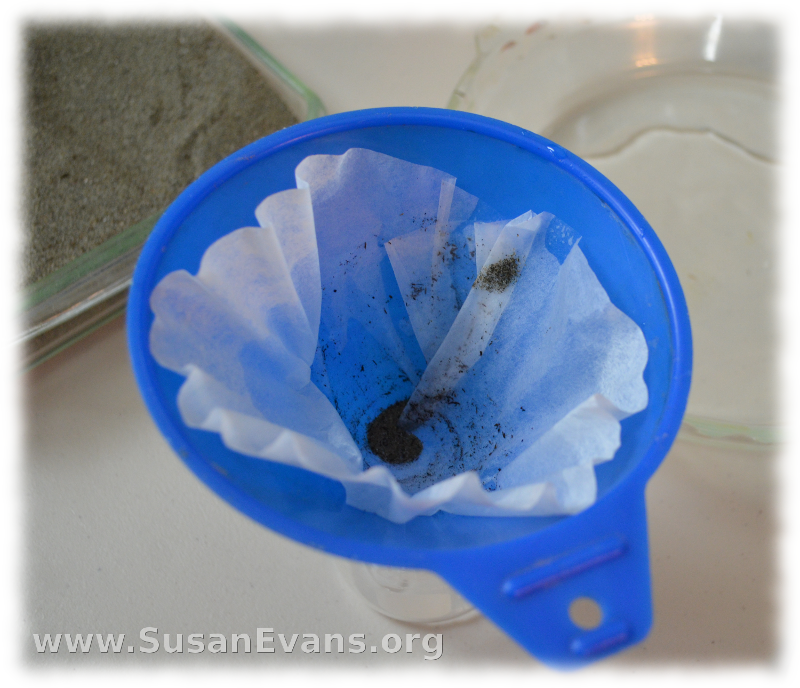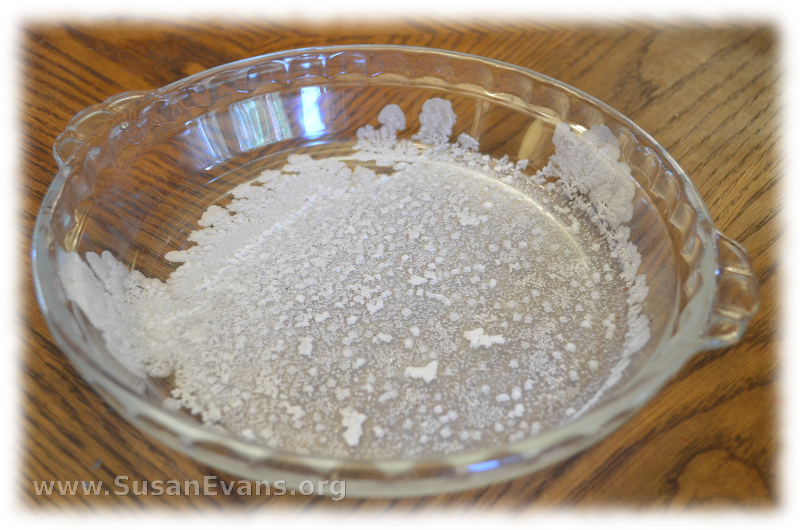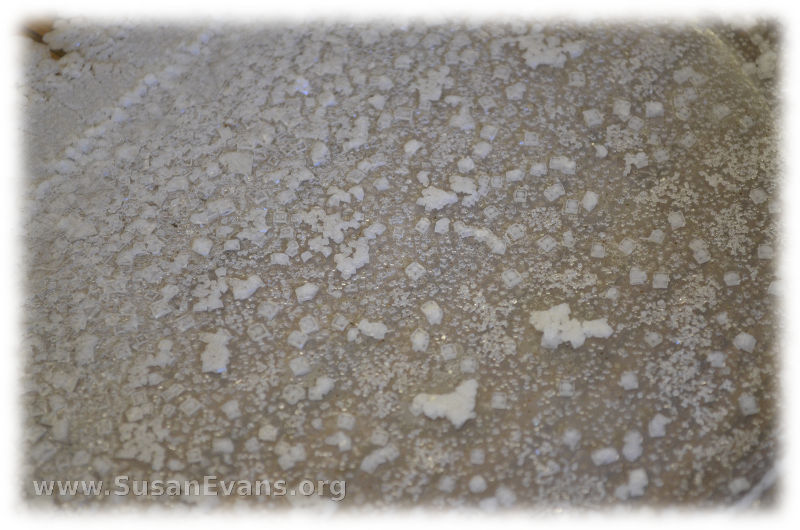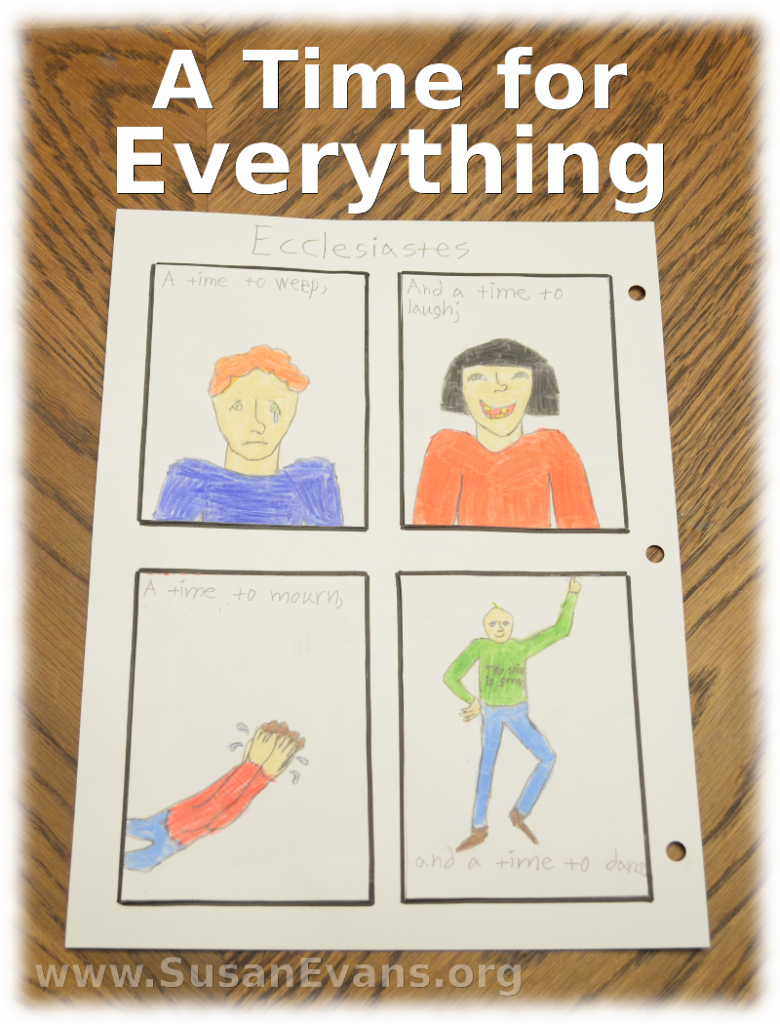 “There is a time for everything under the sun,” says King Solomon, the wisest man who ever lived. Late in his life he wrote the book of Ecclesiastes, which describes how meaningless life is without God.
“There is a time for everything under the sun,” says King Solomon, the wisest man who ever lived. Late in his life he wrote the book of Ecclesiastes, which describes how meaningless life is without God.
Solomon looked at the cycles of nature, including the seasons and the water cycle, and he says that there is nothing new under the sun. Every event has its place: there is a time to be born and a time to die. There is an appropriate time for every activity under the sun.
My children chose a verse from chapter 3 and illustrated it. First we divided the paper into four parts. The first two opposites went in the top boxes, and the second two opposites went in the bottom boxes. In the illustration at the top of this page, my son showed that there was a time to weep and a time to laugh; a time to mourn and a time to dance. When someone passes away, it is appropriate to grieve. And yet if your business is finally blessed by God and prospers, it’s time to rejoice and praise the Lord. Dancing around or laughing is appropriate when God blesses us.
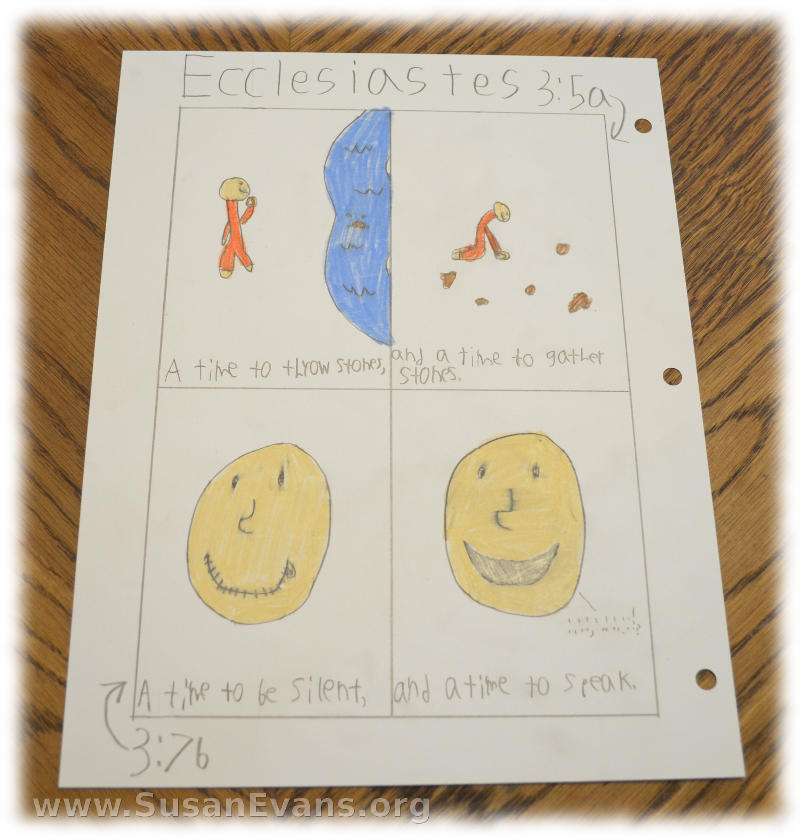 Another one of my sons drew pictures to represent a time to throw stones and a time to gather stones. Maybe you are skipping stones on a lake, or gathering stones to build a well.
Another one of my sons drew pictures to represent a time to throw stones and a time to gather stones. Maybe you are skipping stones on a lake, or gathering stones to build a well.
There is also a time to be silent and a time to speak. Many of us need to keep in mind that sometimes it is best to remain quiet rather than always voice our opinion.
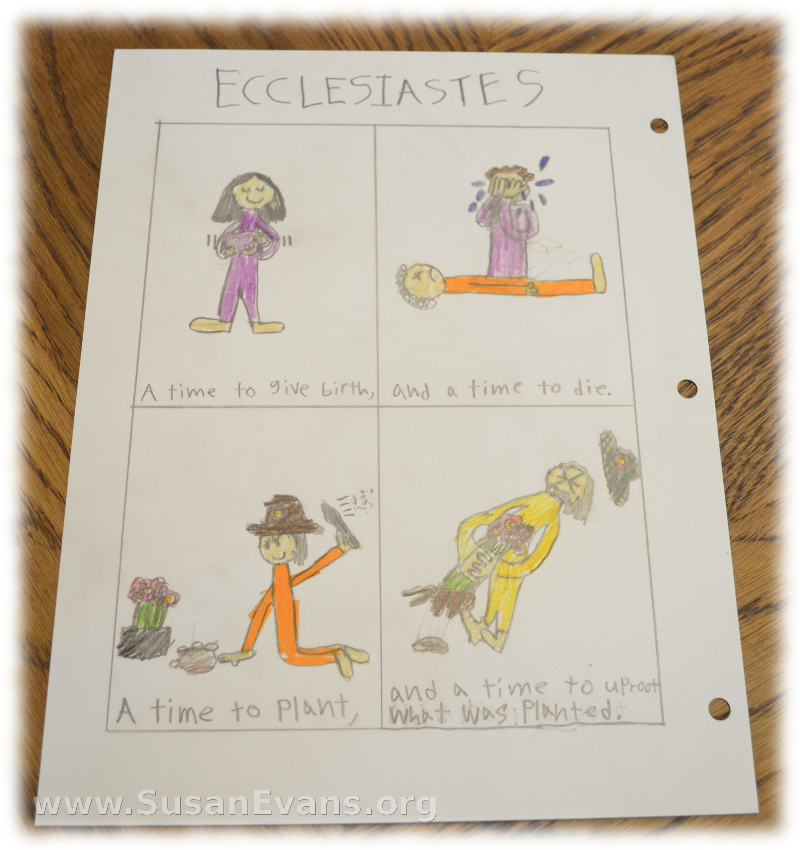 My daughter illustrated a time to give birth and a time to die; a time to plant and a time to uproot what was planted. Sometimes a plant will take over the whole yard, and it needs to be uprooted to contain it. You can see the effort the man is exerting in the picture.
My daughter illustrated a time to give birth and a time to die; a time to plant and a time to uproot what was planted. Sometimes a plant will take over the whole yard, and it needs to be uprooted to contain it. You can see the effort the man is exerting in the picture.
A Time for Everything
All these drawings remind me of the song “Turn, Turn, Turn” by the Byrds, which is a perfect conclusion for this topic:
Sign up below for a free Bible crafts e-book!

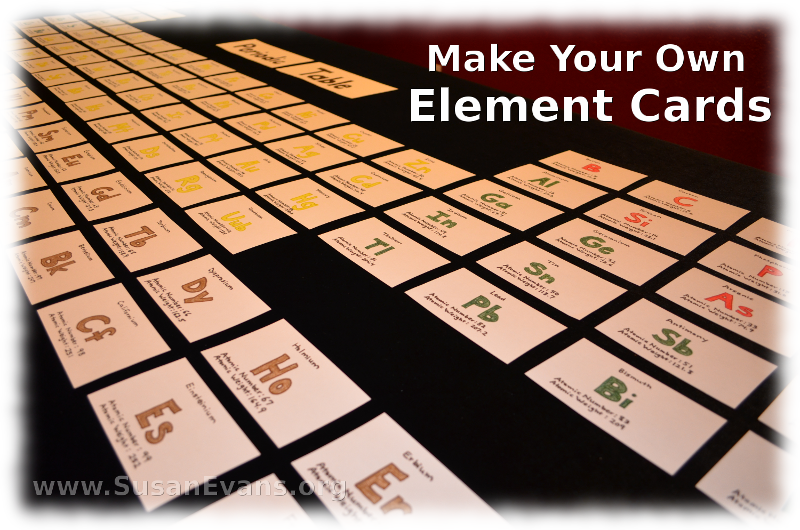


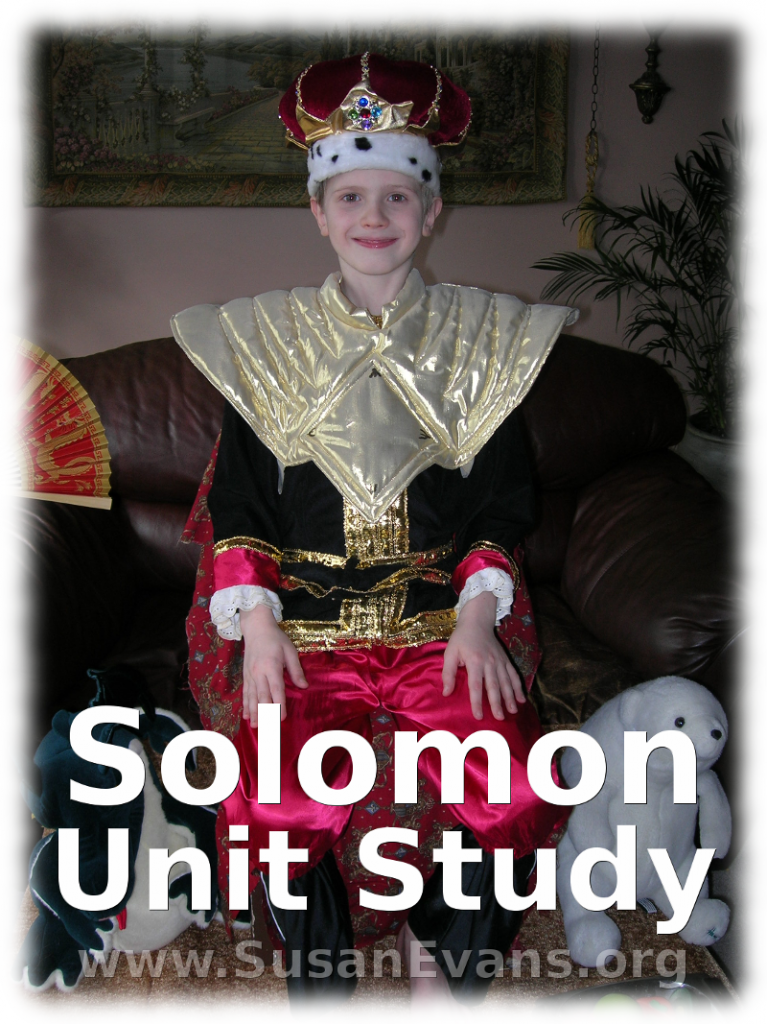
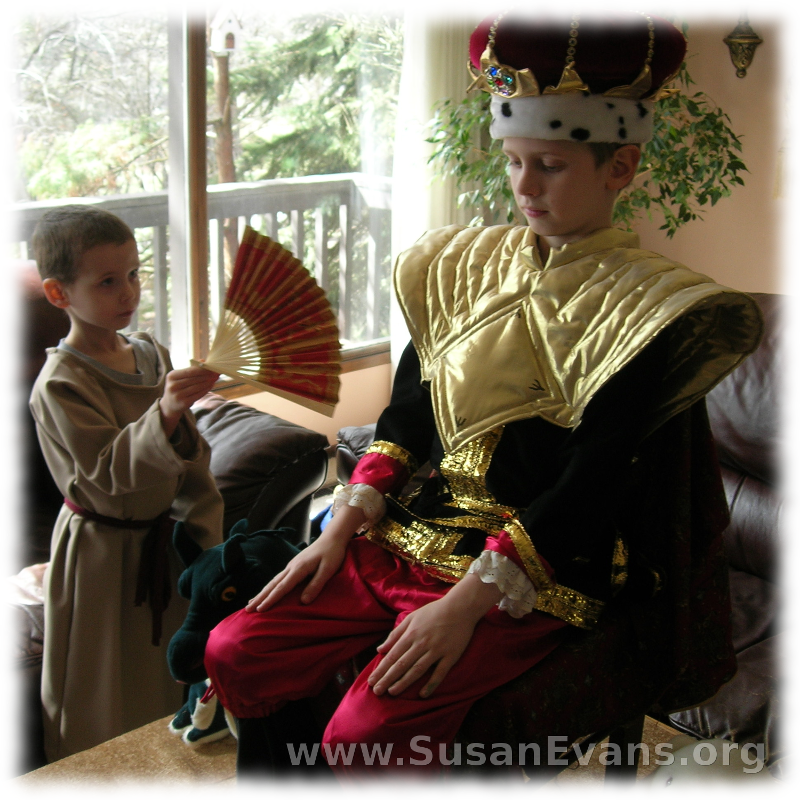
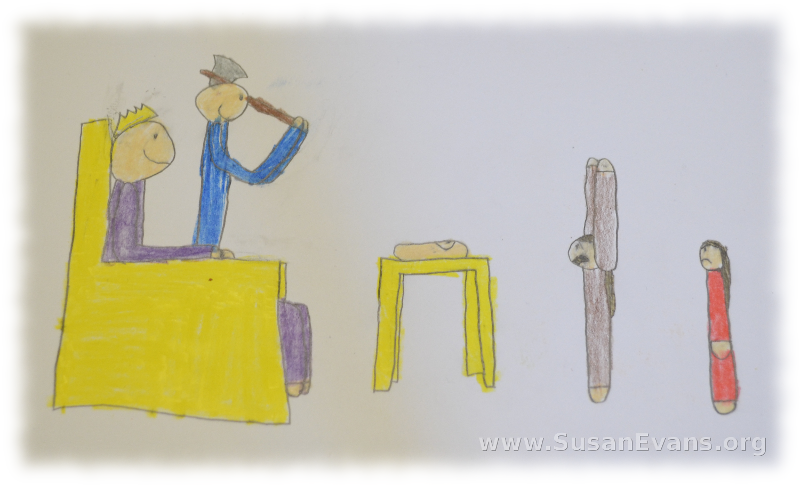
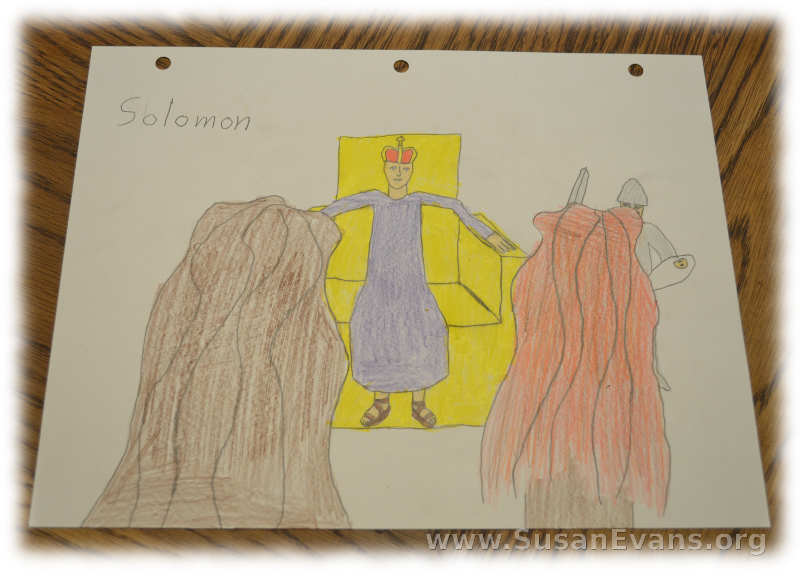
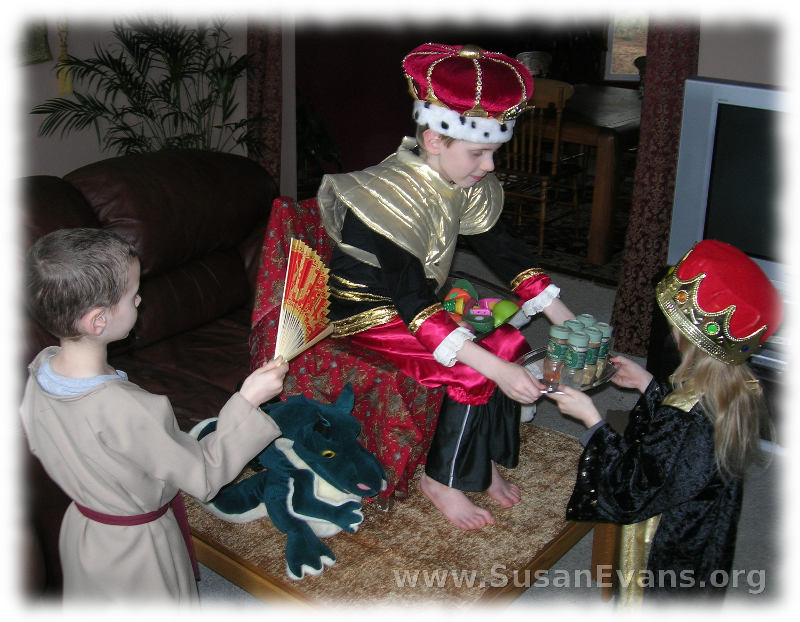
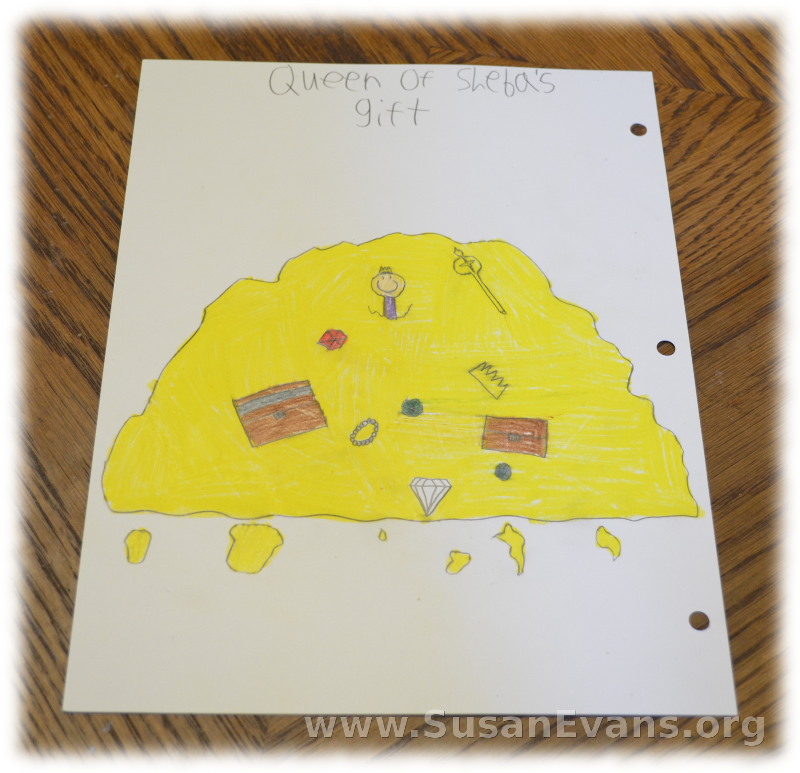

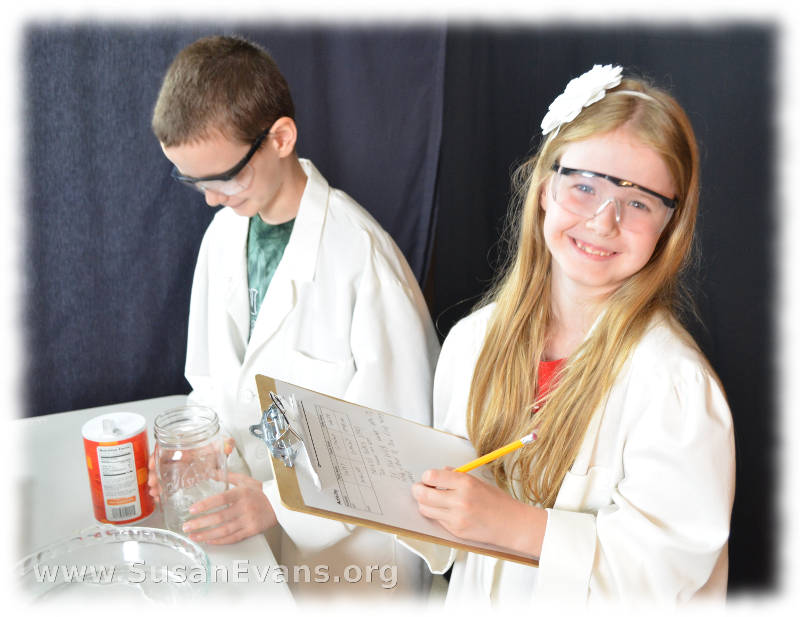
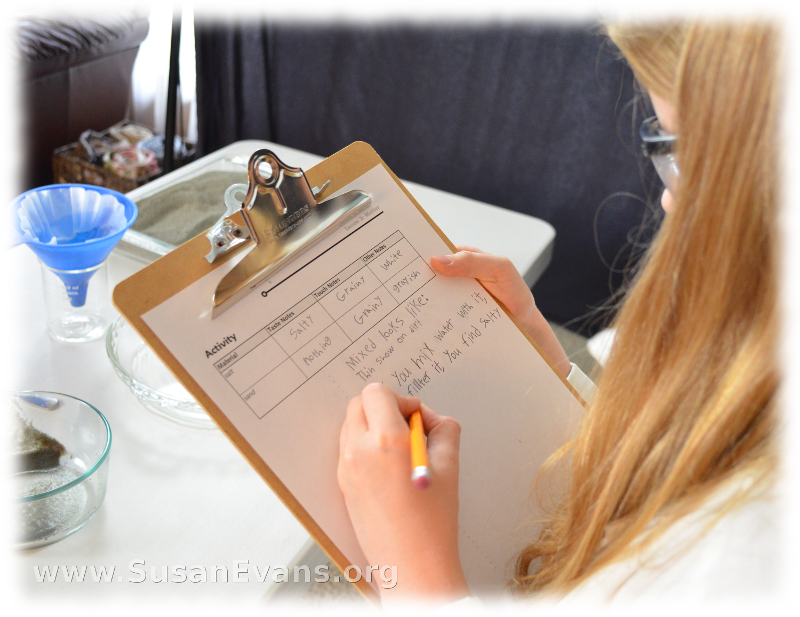
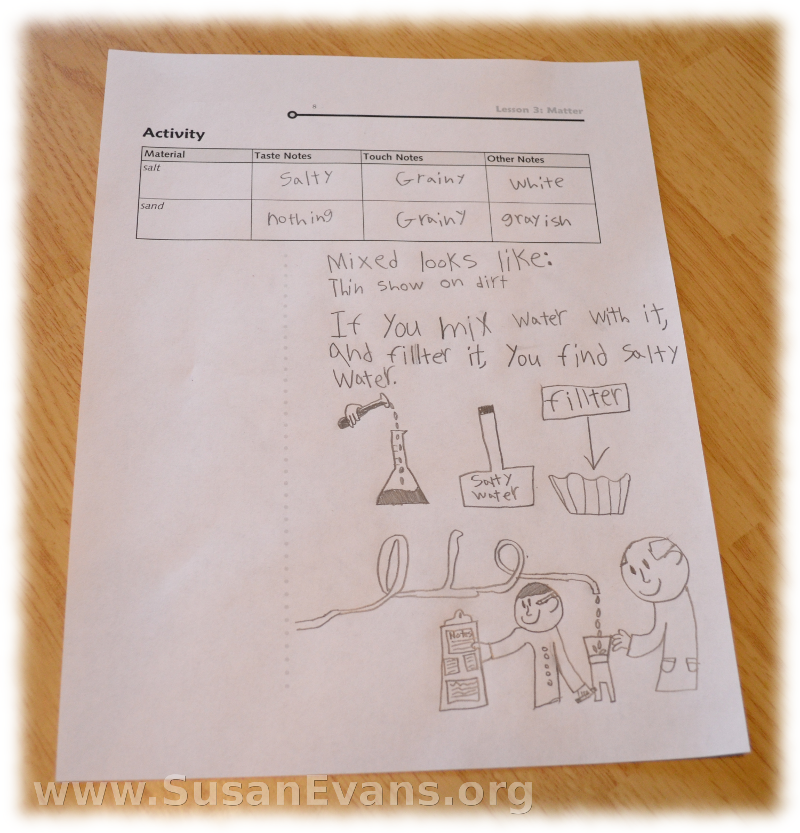 Now mix the salt and the sand together with a spoon. This is called a mixture. Pour 100ml of water into the salt/sand mixture, and stir for 60 seconds until the salt has dissolved.
Now mix the salt and the sand together with a spoon. This is called a mixture. Pour 100ml of water into the salt/sand mixture, and stir for 60 seconds until the salt has dissolved.